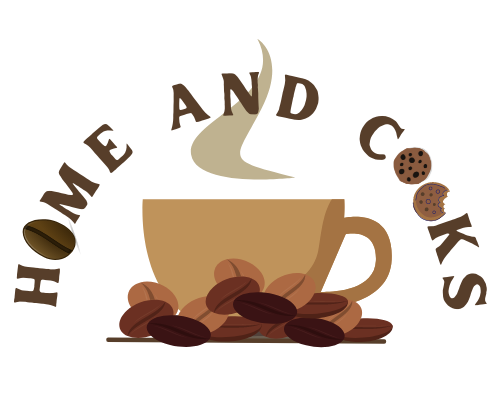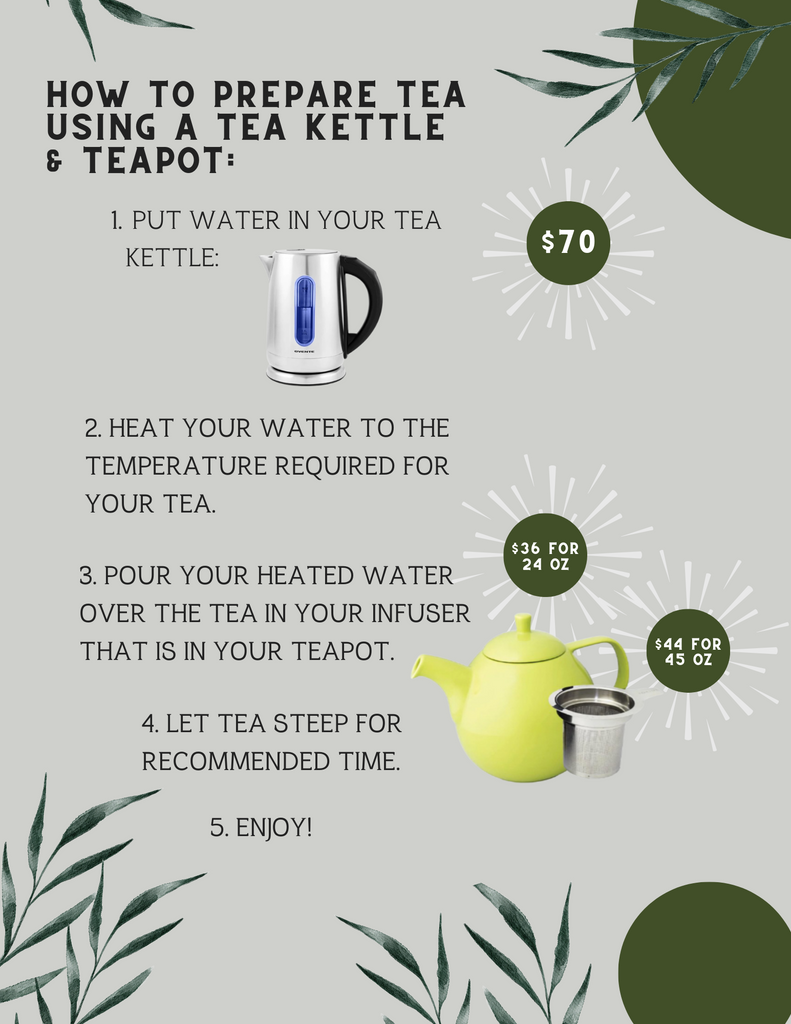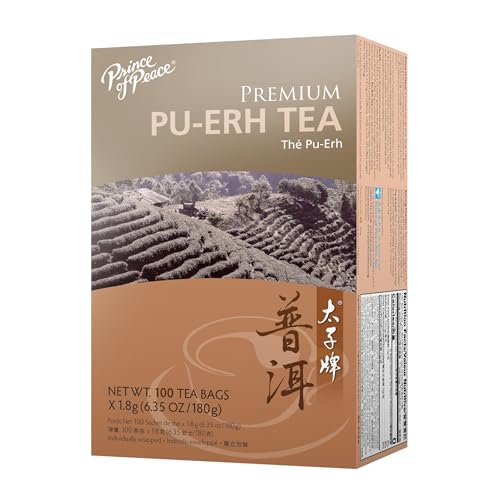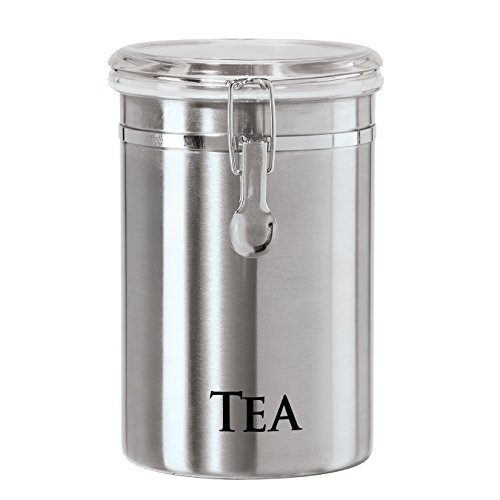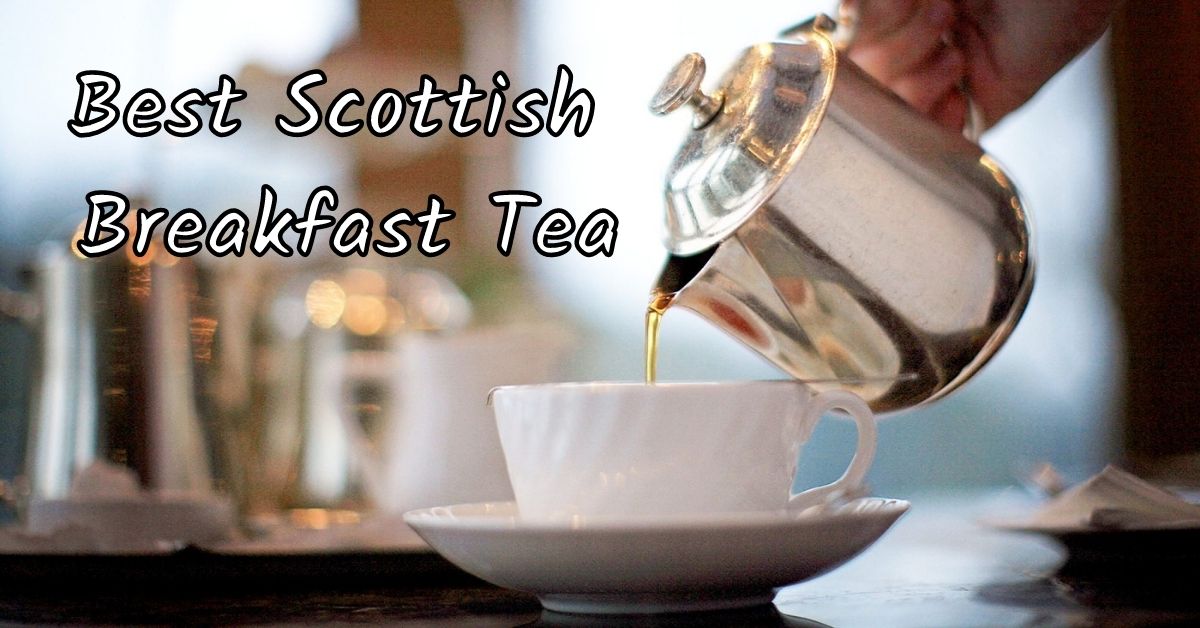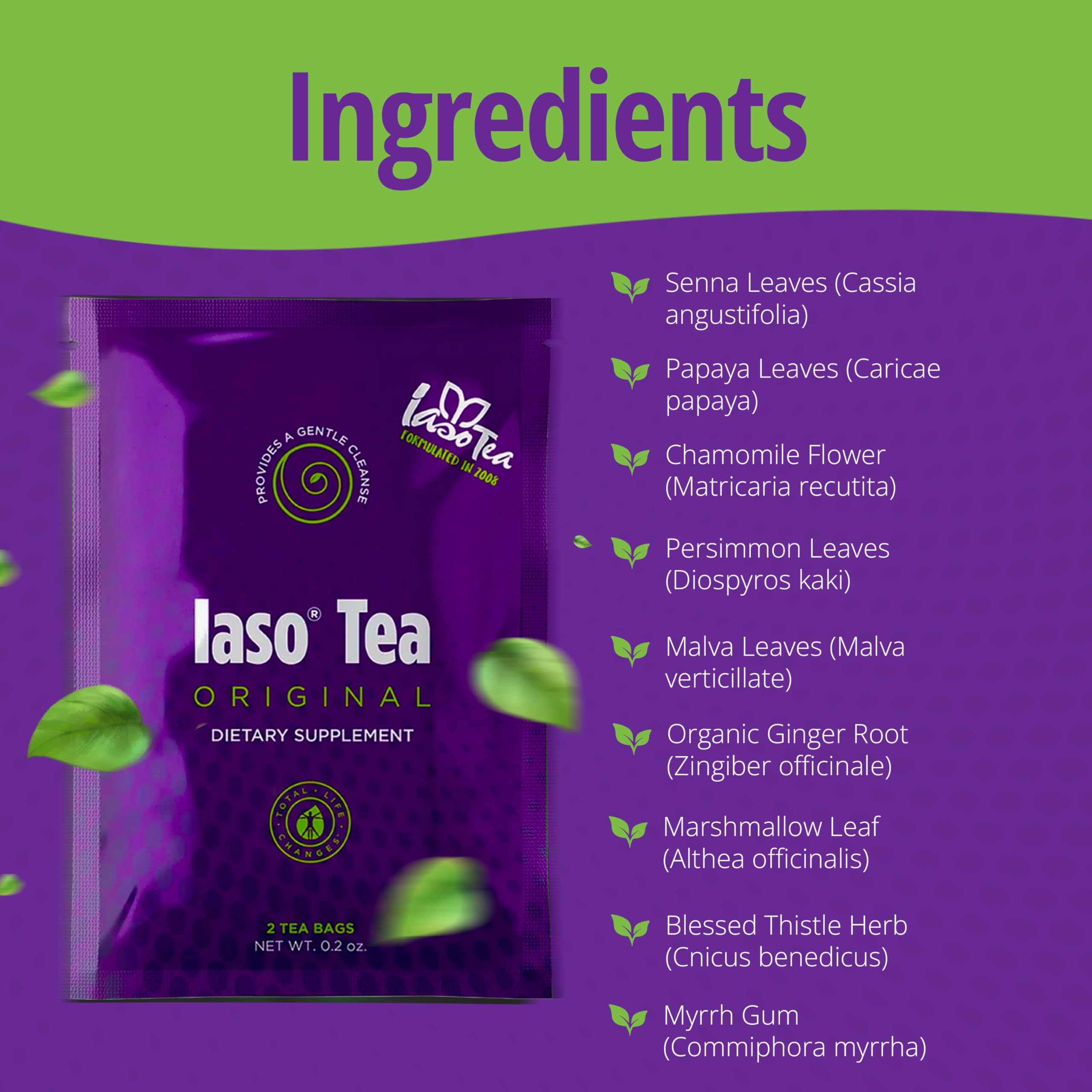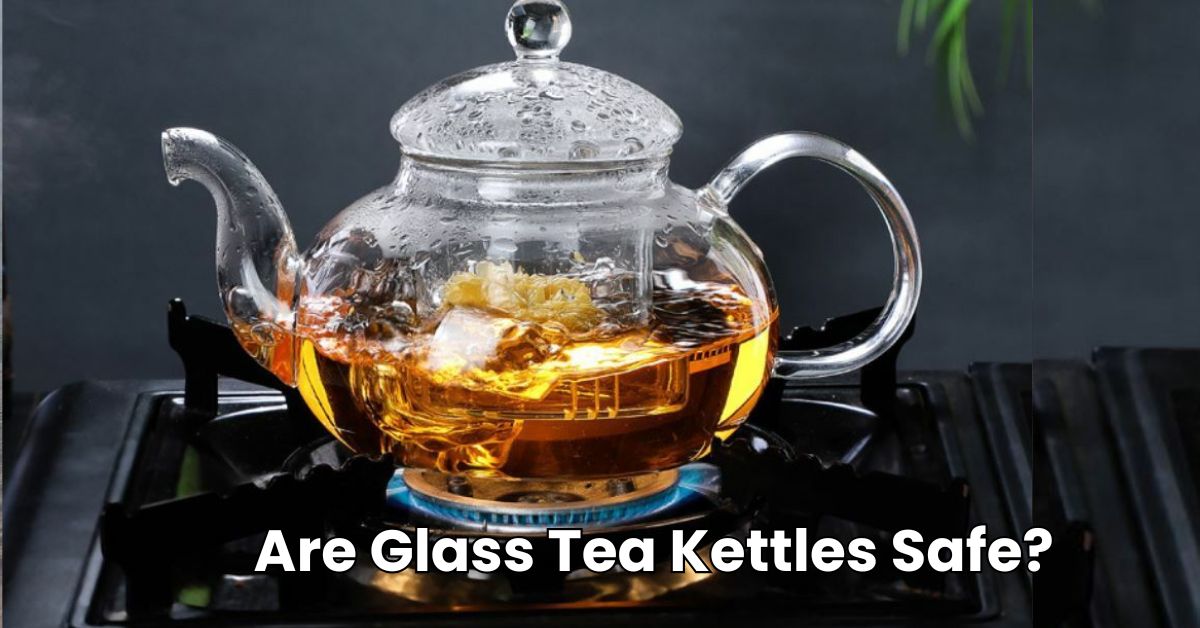What’s the difference between a teapot and a tea kettle? The main difference lies in their purpose.
A tea kettle heats water, while a teapot is used to brew tea. Many people often confuse the two items. Both are essential in the tea-making process, but they serve different functions. A tea kettle is designed to boil water on the stove.
It usually has a spout and a handle. On the other hand, a teapot is where you actually steep your tea leaves. It’s typically more decorative, with a lid and a spout for pouring. Understanding these differences can enhance your tea experience. Let’s dive deeper into their unique roles and how to choose the right one for your needs.
Introduction To Teapots And Tea Kettles
Teapots and tea kettles are essential tools for tea lovers. Though they sound similar, they serve different purposes. Understanding their differences helps in making better tea. Let’s explore their unique roles.
Brief History
The teapot has a rich history. It originated in China during the Yuan Dynasty. Initially, teapots were small, meant for individual use. They were made of clay and had intricate designs. Over time, different cultures adopted and modified them.
Tea kettles, on the other hand, have a more practical origin. They were designed to boil water. The earliest versions were simple metal pots used over an open fire. As technology advanced, so did the design of tea kettles.
Common Uses
Teapots are used for brewing and serving tea. You place tea leaves inside and pour hot water over them. This allows the tea to steep, releasing its flavors. Teapots often come with a spout and handle for easy pouring.
Tea kettles are used for heating water. You fill the kettle with water and heat it on a stove or electric base. Once the water boils, it can be poured over tea leaves in a teapot or directly into a cup. Some tea kettles whistle when the water is ready.
Physical Characteristics
Understanding the physical characteristics of a teapot and a tea kettle can help you choose the right one for your needs. Each has distinct features that serve different purposes in the tea-making process. Let’s explore these characteristics through their material composition and design.
Material Composition
Teapots are often made from ceramics, porcelain, or glass. These materials help retain heat and enhance the flavor of the tea. Some teapots may also be made from cast iron, adding a traditional touch.
Tea kettles, on the other hand, are usually made from metal. Common materials include stainless steel, aluminum, and copper. These metals conduct heat well, making them ideal for boiling water quickly.
Design And Structure
Teapots have a round body and a short spout. The design allows the tea to steep properly. Many teapots also have a removable lid, making it easy to add tea leaves and hot water.
Tea kettles have a more functional design. They have a larger body and a long spout. The handle on a tea kettle is heat-resistant, allowing you to pour hot water safely. Some tea kettles also have a whistle to alert you when the water boils.
Functional Differences
Understanding the functional differences between a teapot and a tea kettle is essential. Both are used in the process of making tea, but they serve distinct purposes. This section will explore how each functions differently, ensuring you use the right tool for your tea-making needs.
Heating Mechanism
A tea kettle is designed for heating water. You place it directly on a stove or use an electric kettle plugged into an outlet. It can withstand high temperatures and typically whistles when the water is boiling. A teapot, on the other hand, is not meant for heating. You pour boiling water from the kettle into the teapot. The teapot is made from materials like porcelain or ceramic, which are not suitable for direct heating.
Brewing Process
The brewing process is another key difference. The kettle’s job ends when the water is hot. You pour this hot water into the teapot, where the tea leaves are waiting. The teapot is designed to hold the hot water and steep the tea leaves. It often has a spout and a lid to keep the heat in and serve the tea easily. This makes the teapot essential for the actual brewing of tea, while the kettle is crucial for heating the water.

Credit: xtrema.com
Usage Scenarios
Understanding the difference between a teapot and a tea kettle can help in choosing the right tool for your tea-making needs. Each serves a specific purpose and fits best in different usage scenarios. Let’s explore how they are used at home and in commercial settings.
Home Use
At home, tea kettles are often used to boil water. They can be placed on the stove or plugged in if electric. Once the water is hot, it is poured into a teapot. The teapot holds the tea leaves and hot water. It allows the tea to steep and infuse, creating a perfect cup of tea. Many households keep both items as they serve different functions in the tea-making process. A tea kettle is essential for boiling water. A teapot is key for brewing the tea and serving it.
Commercial Settings
In cafes and restaurants, the use of tea kettles and teapots is also distinct. Tea kettles here need to be efficient and quick. They often have larger capacities to cater to multiple orders. Electric kettles are popular due to their speed and ease of use. Teapots in commercial settings are designed for serving multiple cups at once. They come in various sizes and styles to fit different themes and customer needs. This separation ensures that the tea is brewed to perfection and served fresh to customers.
Advantages Of Teapots
Teapots offer unique benefits that enhance the tea-drinking experience. They not only preserve the delicate flavors of tea but also add an element of charm and beauty to your tea ritual. Let’s explore some of the key advantages of using teapots.
Flavor Preservation
Teapots are designed to maintain the true flavor of tea. Unlike tea kettles, they provide a gentle brewing process. This helps in preserving the subtle notes and aromas of the tea leaves. The material of the teapot, such as ceramic or clay, plays a significant role. It ensures that the temperature remains stable, preventing any bitterness. Thus, each sip feels authentic and flavorful.
Aesthetic Appeal
Teapots are more than just functional items. They are pieces of art. Beautiful designs and intricate patterns make them a centerpiece in any setting. Whether it’s a traditional or modern style, teapots enhance the visual appeal of your tea setup. They create a sense of ceremony and elegance, making your tea time special. Collecting different teapots can also become a delightful hobby.
Advantages Of Tea Kettles
Tea kettles offer many benefits that make them a must-have for tea lovers. They are efficient, durable, and come in various designs. Let’s explore the advantages of tea kettles in detail.
Efficiency
Tea kettles heat water quickly, saving you time. They are designed for fast boiling. This means you can enjoy your tea sooner. Electric kettles are even faster. They often have temperature settings for different teas. This helps in brewing the perfect cup.
Durability
Tea kettles are built to last. They are made from sturdy materials. Stainless steel and glass are common choices. These materials resist rust and wear. A good kettle can last for many years. This makes them a smart investment for tea enthusiasts.
Choosing The Right One
Choosing the right one between a teapot and a tea kettle depends on various factors. Your personal preferences and practical considerations play a significant role. Let’s explore these aspects to help you make an informed decision.
Personal Preferences
Your personal preferences are crucial. Do you enjoy the ritual of brewing tea? If so, a teapot may be ideal. It allows you to steep tea leaves and enjoy the process. Aesthetics also matter. Teapots come in various designs. They can add charm to your kitchen.
Do you prefer speed and efficiency? A tea kettle might be your best choice. Electric kettles boil water quickly. They are great for busy mornings. Traditional kettles offer a classic feel. Both types serve the purpose of heating water efficiently.
Practical Considerations
Practical considerations are also important. Space in your kitchen can determine your choice. Teapots are usually smaller. They fit well in limited spaces. Tea kettles, especially electric ones, need more space. They require a power outlet nearby.
Think about maintenance. Teapots are easier to clean. They usually need hand washing. Tea kettles, especially electric ones, need more care. Descaling is necessary to prevent build-up. Choose based on how much time you can dedicate to upkeep.

Credit: www.pinterest.com
Care And Maintenance
Proper care and maintenance of your teapot and tea kettle are essential for longevity. Regular cleaning and correct storage can keep them in good condition. Learn how to maintain these items with our tips below.
Cleaning Tips
Cleaning a teapot and a tea kettle involves different steps. Here are the essentials:
- Teapot: Use warm water and mild detergent. Avoid abrasive cleaners.
- Tea Kettle: Regularly descale with vinegar or lemon juice. Rinse thoroughly.
For both:
- Rinse immediately after use.
- Dry completely to prevent rust or mold.
- Avoid submerging electric kettles in water.
Storage Advice
Storing your teapot and tea kettle properly can extend their lifespan. Follow these guidelines:
| Item | Storage Tips |
|---|---|
| Teapot | Store in a cool, dry place. Keep the lid off to avoid musty odors. |
| Tea Kettle | Keep in a dry area. Make sure all parts are dry before storing. |
These practices ensure your teapot and tea kettle stay clean and ready for use. Proper care helps preserve their quality and functionality.
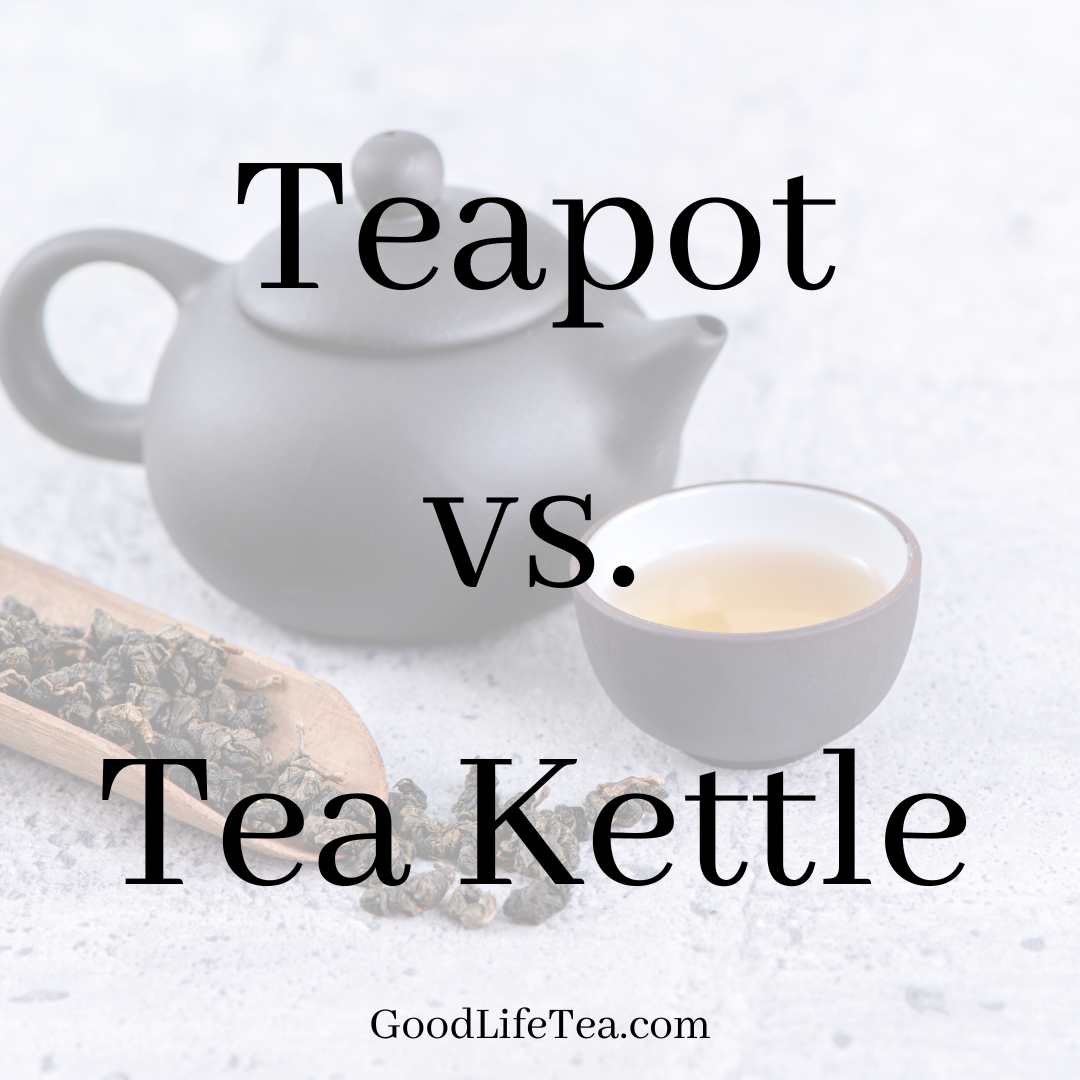
Credit: www.goodlifetea.com
Frequently Asked Questions
What Is A Teapot Used For?
A teapot is used for steeping and serving tea. It typically has a handle, spout, and lid.
Can You Boil Water In A Teapot?
No, you cannot boil water in a teapot. Teapots are designed for steeping and serving, not for heating.
What Is A Tea Kettle?
A tea kettle is used to boil water. It can be placed on a stove or be electric.
How Do You Use A Tea Kettle?
Fill the kettle with water, heat it, and pour the boiling water into a teapot or cup.
Conclusion
Choosing between a teapot and a tea kettle depends on your needs. Teapots are perfect for brewing and serving tea. Tea kettles heat water efficiently. Both have unique designs and uses. Knowing the difference helps you select the right tool.
Enjoy your tea time with the right choice. Happy sipping!
